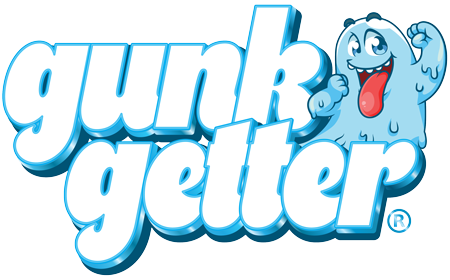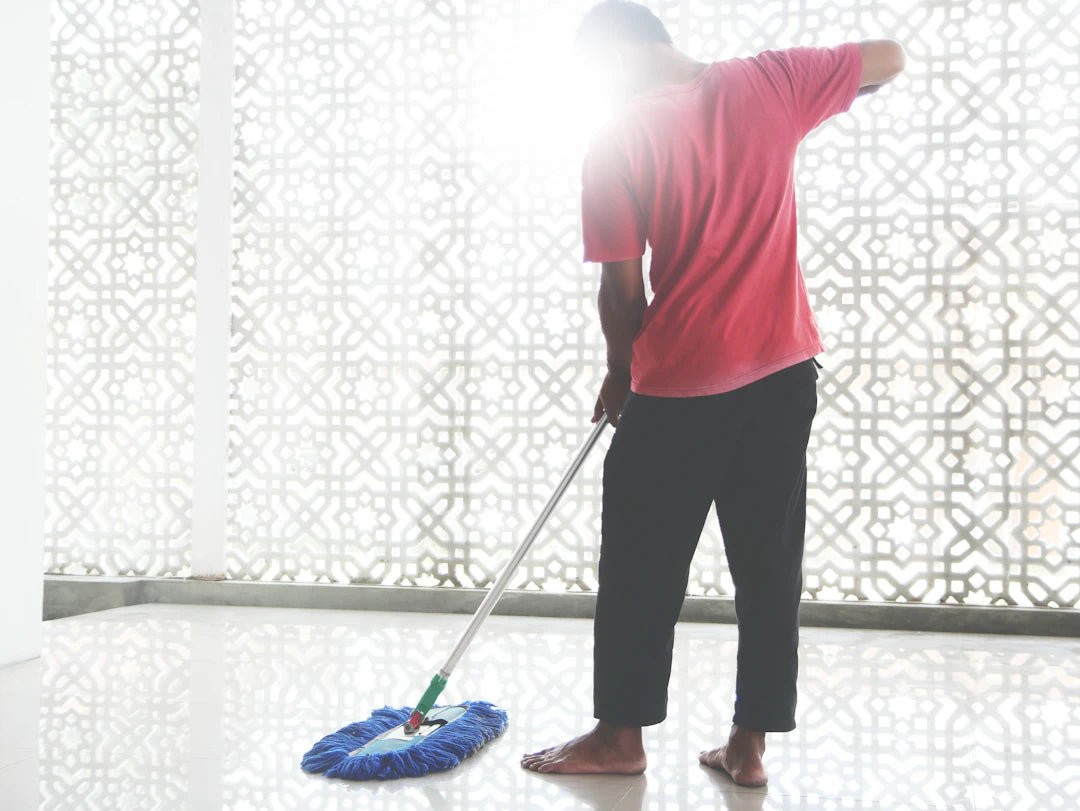Frequently Asked Questions
1. What is a common misconception about cleaning products?
2. Can vinegar be used as a universal cleaning solution?
3. Is bleach the best disinfectant?
4. How often should I clean when dirt isn't visible?
5. Does hot water ensure cleaner laundry?
Cleaning can often feel like a daunting task, especially with the numerous cleaning myths that circulate around. Many of us have been misled by questionable tips that promise a spotless home or car. In this article, we’ll tackle some of the most persistent cleaning myths and reveal the truth behind them, so you can clean efficiently and effectively. Let's dive deep into what really works and how you can maximize your cleaning efforts using natural techniques and tips.
Myth 1: More Cleaning Product Equals a Cleaner Surface
One of the most common misconceptions is that using more cleaning product leads to a cleaner surface. In reality, this is incorrect. Overusing cleaning products can leave behind residue that attracts dirt and grime, making it appear dirtier over time.
Optimal Usage Tips
- Always follow the manufacturer's instructions for the recommended amount.
- Spot test areas before applying a significant amount of product.
- For tough spots, sometimes pre-treating with a smaller amount is more effective than dousing the entire area.
Myth 2: Vinegar Can Replace All Cleaning Products
While vinegar is a great natural cleaner for some surfaces, it isn’t a cure-all solution. It can effectively clean glass and appliances, but it negatively interacts with certain materials. For instance, vinegar can harm natural stone surfaces like granite and marble.
Use Vinegar Wisely
Instead of using vinegar universally, consider its strengths. It works wonders to break down mineral deposits, so it’s great for faucets and showerheads. However, always test on small, inconspicuous areas first to ensure compatibility.
Myth 3: Bleach is the Best Disinfectant
Bleach has been viewed as the gold standard when it comes to disinfecting, but it comes with limitations. While it can kill bacteria and viruses, it doesn’t penetrate grime well. Effective cleaning requires removing dirt before disinfecting.
So, What Works Best?
A mixture of soap and water is often more effective than just applying bleach. Clean the surface first to remove any dirt, then follow with a cleaning gel for car surfaces that neutralizes bacteria and leaves behind a sanitized surface.
Myth 4: You Only Need to Clean When You Can See Dirt
Another common cleaning myth is cleaning only when dirt is visible. Regular cleaning is crucial to maintain a healthy environment. Dust and allergens accumulate over time and can worsen allergies or respiratory issues.
Establish a Routine
- Dust surfaces weekly, not just when they look dirty.
- Adopt a monthly deep-clean schedule to stay ahead of grime.
Myth 5: Laundry Needs Hot Water to Get Clean
Many believe that hot water is essential for clean laundry. However, research shows that cold water can be just as effective at removing stains if a proper detergent is used. Hot water can sometimes set certain stains, making them harder to remove.
Washing Tips
If you’re looking to save energy and protect your fabrics, opt for cold water cycles for general laundry. Only use hot water for specific items like towels or bedding that may harbor bacteria.
Myth 6: You Should Clean Windows on a Sunny Day
It’s often suggested that cleaning windows in direct sunlight is ideal, as the extra warmth helps dry the solution quickly. However, this can actually lead to streaking as the cleaning solution dries too fast.
Best Time to Clean Windows
The ideal time to clean windows is during overcast days or when the sun is lower in the sky. This allows the cleaning solution to do its job without drying too quickly.
Myth 7: Using Baking Soda is a One-size-fits-all Solution
Baking soda is praised as a miracle cleaner, but it isn’t effective for all cleaning needs. While it does have deodorizing properties and can assist in scrubbing surfaces, it’s not suitable for all tasks, especially in food preparation areas.
Utilizing Baking Soda Effectively
Use baking soda as a gentle abrasive on surfaces like sinks or pans, but avoid its use on porous materials or when working with highly sensitive electronics.
Myth 8: The More Fragrant the Cleaner, the Better It Works
The belief that a strong fragrance indicates effective cleaning is misleading. Many commercial cleaning products contain fragrances to mask unpleasant odors, but the scent doesn’t equate to actual cleanliness.
Assessing Cleaning Efficacy
Focus on the cleaning agent's ingredients and effectiveness rather than its scent. Natural cleaning products often have a lighter fragrance, but that doesn’t diminish their cleaning power.
Myth 9: All Surfaces Can Be Cleaned the Same Way
It’s an oversimplification to think that all surfaces can be treated the same way. Different materials require specific cleaning methods or products to avoid damage.
Know Your Surfaces
- Wood: Use gentle soap and avoid soaking.
- Glass: Use a specialized cleaner or a vinegar solution.
- Car Interiors: A cleaning gel for car upholstery can effectively lift stains without damage.
Myth 10: Once Clean, Always Clean
Lastly, some people believe they can achieve a deep clean and forget about maintenance. Clean spaces require continual upkeep; dirt reaccumulates over time without consistent care.
Cleaning Maintenance
Developing a simple maintenance cleaning schedule can prolong the life of your space's cleanliness. Regular tasks like wiping down surfaces and vacuuming can keep dirt at bay.
So, What’s the Secret to Effective Cleaning?
In sum, seizing hold of the truth behind cleaning myths and misinformation can enhance your cleaning effectiveness tremendously. By employing the right techniques and understanding which products to use and how, you can achieve the clean, healthy environment you desire. Whether you’re keeping your home pristine or maintaining the interior of your vehicle with a trusty cleaning gel for car fabrics, being informed is your best cleaning ally. It’s time to tackle dust, dirt, and grime with confidence! Let's embrace the real cleaning strategies that work for a healthier and happier living space.


Share:
Eco-Friendly Cleaning Solutions to Make at Home
Cleaning Tips for Pet Owners: Keeping Your Home Fresh